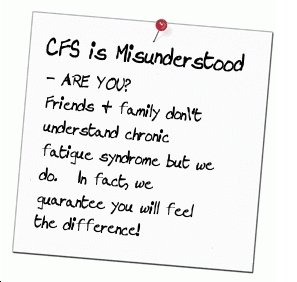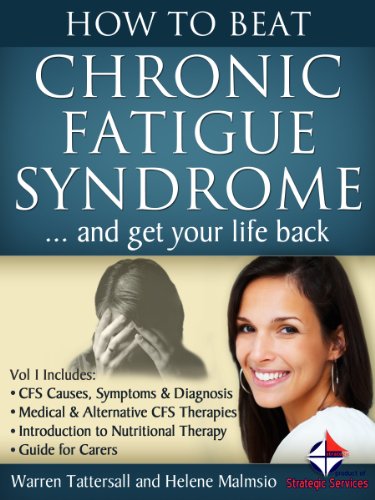Arthritis Series Part I: Most Common Types Of Arthritis Discussed
Osteoarthritis
There are about 200 types of arthritis, but the most common type is osteoarthritis. Osteoarthritis came from three Greek words:” osteo” for bone;” arthro” for joint, and” itis” for inflammation. It is a degenerative bone disease that is commonly manifested on old people around age 50 and above.
It prevails on 25 million Americans affecting their hands, feet, and most commonly weight-bearing joints such as the knee. It mostly affects the cartilage, the protective covering found around your joints.
This tissue absorbs most of the impact that your joints experience while walking, running, jumping and dancing. An injury of the cartilage causes wear and tear of the joint heads, resulting to pain and inflammation in the joints.
Types
There are two types of osteoarthritis depending on the onset and the cause.
Primary Osteoarthritis
This is the type of arthritis that is related to ageing. As you grow old the resilience of your cartilage lessens due to decreasing water content.
This would lead to the wear and tear of the cartilage, resulting to exposed joint heads. Since there would be no cartilage to reduce the friction between the two bones, “spurs” are produce.
Spurs or osteophytes are bone outgrowths produced by the body in attempt to re-align the joints. These spurs can be very painful and greatly limits the range of motion of the affected joint.
Secondary Osteoarthritis
This is the type of arthritis that is caused by either trauma or medical condition. Some of the most common causes of secondary osteoarthritis
Obesity – the increased pressure on weight-bearing joints causes early wear and tear of the cartilage.
Diabetes – because there is damage to the peripheral nerves, particularly in the lower limbs, the body does not perceive any trauma from the knees. A person may go on with his usual activities without knowing there has been a change in the joint structure.
Injury – any trauma to the joints can cause breakage of the cartilage or misalignment.
Genetic disorders – any genetic disorder such as Ehlers-Danlos syndrome that can produce a collagen disturbance or promote degeneration of the cartilage.
Signs and Symptoms
Crepitus: this is the sensation or sound of two bones grating together. It is most noted on weight bearing joints such as the knees and hips.
Joint stiffness: a person with osteoarthritis may experience limited range of motion that can cause limited or lack of mobility
Inflammation: because of the damage to the cartilage, your joints may appear swollen, and can be painful.
Bouchard’s Nodes: nodules or deformity present at the middle joints of the hands.
Diagnosis
X-Ray – a doctor may request for an x-ray to rule out trauma as the cause of your joint immobility. The x-ray will also reveal the extent of damage or erosion of the bone, presence of bone spurs, and a narrowing between the synovial spaces between joints.
Arthrocentesis – this is the aspiration of a fluid present between bones. This is done to rule out other types of arthritis such as rheumatoid arthritis.
Lab tests – these are done not to diagnose osteoarthritis, but to see if there is presence of any infection or inflammatory condition that may be causing joint stiffness.
When to Seek Medical Attention
Have an appointment with the doctor immediately when you show signs of infection such as fever, swelling and redness of the joints. You may also need to visit the doctor when you experience sudden or abrupt lack of mobility on your joints, difficulty with walking or standing, or any significant change in function.
Treatment
There are three types of treatment for osteoarthritis: lifestyle modification, medication, and surgery.
Lifestyle Modification
1) Lose weight – since the major problem lies on weight-bearing joints, weight reduction will lessen the pressure on your joints and help ease the symptoms of osteoarthritis and even limit its progression.
2) Exercise – non-impact sports such as swimming can help you strengthen your muscles and encourage cartilage formation without causing undue injury to your joints.
3) Diet – anti-oxidants such as Vitamin C and E can help give some protection to your bones. Make sure you have a daily intake of 1000-1200mg of calcium coupled with 400 IU of Vitamin D per day.
4) Heat therapy – paraffin or wax therapy has been proven to help alleviate the pain of osteoarthritis.
5) Physical therapy – this will help you recover a certain degree of lost flexibility and mobility, and help prevent further stiffness.
Medication
1) Acetaminophen is the first drug of choice to help you cope with athralgia. This is used during acute pain attacks and not advisable for chronic pain.
2) NSAIDs will be prescribed by your doctor if you are experiencing chronic pain. These includes naproxen, salicylate, aspirin, and ibuprofen.
3) Narcotics – when other medications cannot relieve joint pain, your doctor will advise intake of morphine for moderate to severe chronic pain.
4) Hyaluronic acid – is a supplement injected between your joints, specifically your knee, which is designed to cushion and lubricate your joints. It can be given in a series of 3-5 injections and can relieve osteoarthritis for up to several months.
Surgery
This is the last resort to help cure osteoarthritis. This surgery is done for three reasons:
o Smoothen the surface of worn-out bones for better articulation
o Repositioning bones that have been misaligned due to wear and tear
o Removal of any deposits such as bone fragments that cause severe limitation in mobility.
o Application of prosthesis if the joint heads are severely damaged. Depending on the type of prosthesis used, your artificial joints can last up to 15 years or more.
The surgeon will determine the type and design of your prosthesis based on your age, weight, sex, and level of physical activity.
Your doctor will decide if you are a candidate for surgery and will base his decision on:
o Age
o Occupational status
o Level of physical impairment
o How much your condition is affecting your activities of daily living.
Osteoarthritis can be painful and difficult to treat. Among all the treatments stated, weight management is the best way to help prevent the rapid onset of osteoarthritis, and prevent its progression.
If your osteoarthritis is secondary in nature, you must first address your medical condition before you treat your osteoarthritis.
the A to Z directory of dealing with Health Problems & Self Care Strategies for natural remedies to your health issues.

Subscribe to get your weekly "Health Success Magazine" with a new complete & comprehensive Health Report in every edition!

to “Your Health Success”
our weekly F’R’E’E’ Newsletter
If you would like a free no-obligation private consultation or to contact Warren Tattersall for more information, please click here >> Contact Us

Click the books above to learn more about how we treat CFS naturally, to get your life back!
You will find many assorted Health Reports available for download free to you on this website!
Our free Health Success Reports are each available for you to download when you subscribe to receive them and their 7 part eCourse.
You can unsubscribe at any time, but we are sure you will want to receive all the email lessons of these informative ecourses.
Read more HERE to select the REPORT subjects of most interest (or concern) to you.









